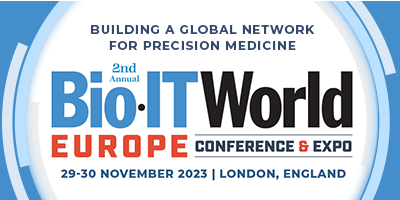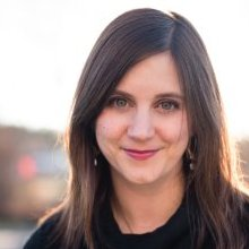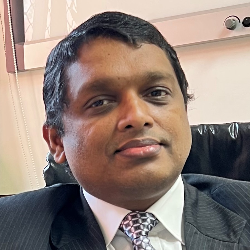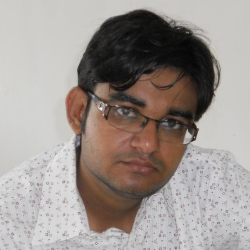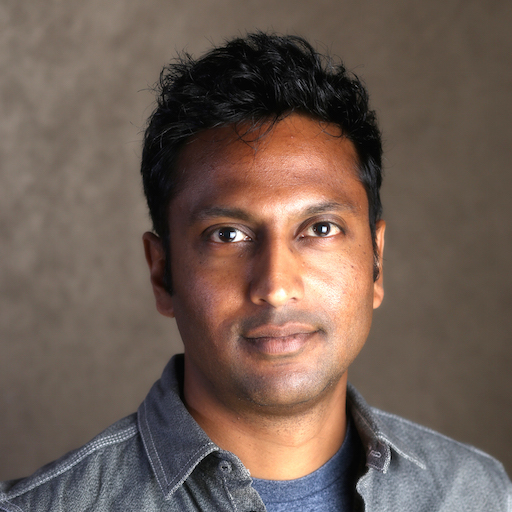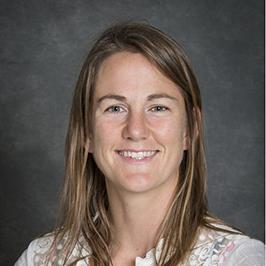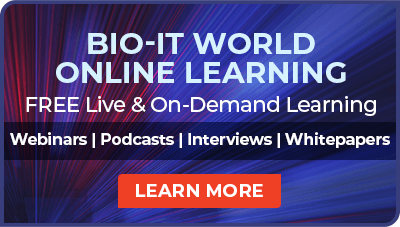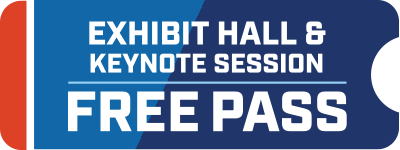Bioinformatics
Utilize Computational Tools and Resources to Turn Data into Actionable Knowledge
18 - 19 October 2022 ALL TIMES CEST
Tuesday, 18 October
Registration and Morning Coffee (Foyer)07:30
ROOM LOCATION: MOA 9
PLENARY KEYNOTE PROGRAM
PLENARY KEYNOTE PRESENTATION: To Unlock the Power of AI, It’s Time To Stop Thinking Human
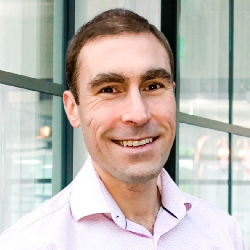 Richard Law, PhD, Chief Business Officer, Exscientia
Richard Law, PhD, Chief Business Officer, Exscientia
We’ve spent more than a decade hearing about the promise of AI for drug discovery and development. While that promise remains, it’s time to evolve our approach to unlock it. For all the buzz about AI, most companies are still using AI-assisted approaches, where humans focus on leveraging “good data” to fuel AI. Yet AI platforms, at heart, are data agnostic and make “decisions” far beyond human comprehension. No human can think in say, a 2,500-dimensional space. It’s too complicated, requires too much learning, and too much data to be managed by humans. In short, humans are still calling the shots, using AI to problem-solve along the way. To unlock the power of AI for drug development and discovery, it is time to remain patient-centric, but stop thinking like humans and allow platforms to be designed to learn and become increasingly powerful and accurate with each incremental piece of data analyzed. In this talk, we’ll discuss the power of this approach and learn about industry players who are embracing this new “AI First” way of re-engineering drug discovery processes – the leap to full, end-to-end integration of artificial intelligence – to maximize the potential of AI and machine learning to create better medicines faster and smarter.
Grand Opening Coffee Break in the Exhibit Hall with Poster Viewing (Room Location: MOA 11)10:15
ROOM LOCATION: MOA 4
REVOLUTIONIZING DRUG DISCOVERY AND DEVELOPMENT WITH NEW DISEASE MODELS AND COMPUTATIONAL METHODS
From Computation to Experimentation, and from LncRNAomics to Ribotherapeutics: GWAS to Drugs in Diabetes and Cancer
 Leonard Lipovich, PhD, Professor, Basic Sciences, College of Medicine, Mohammed Bin Rashid University of Medicine & Health Sciences (MBRU)
Leonard Lipovich, PhD, Professor, Basic Sciences, College of Medicine, Mohammed Bin Rashid University of Medicine & Health Sciences (MBRU)
Two-thirds of human genes do not encode proteins. Long non-coding RNA (lncRNA), the bulk of the non-coding transcriptome, remains poorly understood. From Genome-Wide Association Studies of type 2 diabetes, we identified and lab-validated direct disease-causal candidate lncRNAs, including liver-specific targets for injectable RNAi-based drugs. Combining ribosome profiling with mass spectrometry, we pinpoint estrogen-regulated lncRNA ORF translation in breast cancer. We are also examining SARS-CoV-2 RNA genome interactions with host ncRNAs.
Assessment and Selection of Conformational Ensembles by an ANSURR Based Weighting Protocol: A Quest for Finding the Relevant Active Conformer in Drug Discovery
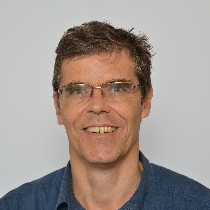 Geerten Vuister, PhD, Professor, Molecular & Cell Biology, University of Leicester
Geerten Vuister, PhD, Professor, Molecular & Cell Biology, University of Leicester
Nuclear Magnetic Resonance (NMR) is a powerful technique to study the structure and dynamics of biomolecules and their interactions. NMR has proven the presence of conformationally lowly populated excited states in biomolecules and provided an experimental handle on quantifying the process of conformational selection and allostery in biomolecular interaction. In my presentation, I will report on a new computational method to assess NMR-derived conformational ensembles, using the ANSURR methodology to define a minimal ensemble that most faithfully represents the actual biomolecular conformational space, including those conformations crucial in drug binding.
 Genome Graph References Improve Detection of Structural Variants from Gene Panel Data: The Case of Cardiomyopathies
Genome Graph References Improve Detection of Structural Variants from Gene Panel Data: The Case of Cardiomyopathies
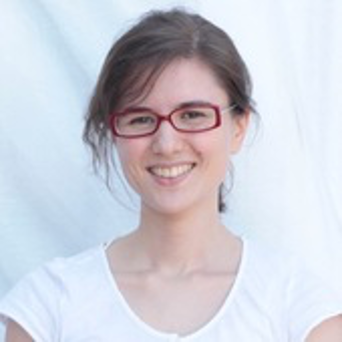 Özem Kalay, Team Lead, Comp Bio, Seven Bridges
Özem Kalay, Team Lead, Comp Bio, Seven Bridges
Pangenome references augmented with putative structural variant calls significantly improve the detection accuracy of these variants in whole genome sequencing data collected from healthy cohorts belonging to a given population. We will discuss an approach that represents a potential new gold standard to detect large variants from short-read panel data, holding the promise to diminish the number of inconclusive genetic tests and will thus benefit patients and their relatives.
Networking Lunch (Room Location: MOA 11)12:55
Dessert Break in the Exhibit Hall with Poster Viewing (Room Location: MOA 11)13:55
CREATING AN OPEN SCIENCE ECOSYSTEM FOR ACCESSING DATA, COMPUTATIONAL RESOURCES, TOOLS, AND EXPERTISE
Genome to Drug
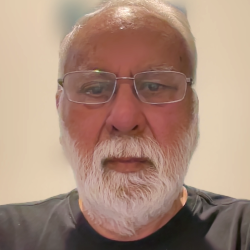 Anil Srivastava, President, Open Health Systems Laboratory (OHSL)
Anil Srivastava, President, Open Health Systems Laboratory (OHSL)
A group of individuals and institutions working in the field of Computational and Biomedical Sciences came together to establish the International Centre of Excellence for Computational and Biomedical Sciences (ICECBS) building upon their work and with the intent of creating an open science ecosystem where scientists from across the world could have access to data, computational resources, tools and expertise to carry forward their research. The Indian Institute of Technology Delhi agreed to host this international resource as a logical development of its Supercomputing Facility for Bioinformatics and Computational Biology (SCFBio) in partnership with Open Health Systems Laboratory and support of IIT Delhi Excellence Foundation.
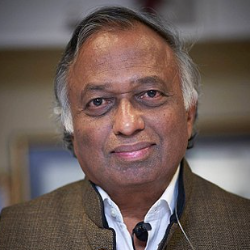 Vijay Bhatkar, PhD, Head, International Centre of Excellent for Computational and Biomedical Science (ICECBS); Chancellor, Nalanda University
Vijay Bhatkar, PhD, Head, International Centre of Excellent for Computational and Biomedical Science (ICECBS); Chancellor, Nalanda University
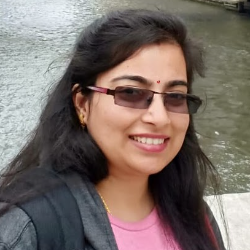 Ruchika Bhat, PhD, Postdoctoral Research Associate II, Department of Immunobiology, The University of Arizona
Ruchika Bhat, PhD, Postdoctoral Research Associate II, Department of Immunobiology, The University of Arizona
 PanHunter - Accelerating omics research
PanHunter - Accelerating omics research
 Erik Schliep, Head of Product, PanHunter, Evotec SE
Erik Schliep, Head of Product, PanHunter, Evotec SE
PanHunter is our omics data analysis platform and a major building block patient- and data-oriented research of the future. It enables advanced analytic of molecular data, patient samples, and all this in combination with info from a plethora of databases. In this talk, we will show a case study and discuss, how PanHunter can accelerate your (organizations) bioinformatics and omics research.
Session Break and Transition to Plenary Keynote16:30
ROOM LOCATION: MOA 9
PLENARY KEYNOTE PROGRAM
 Plenary Keynote Introduction
Plenary Keynote IntroductionNext-generation biopharma workflows require user-driven stewardship of data that gives your enterprise custody and validation of the full "data chain of custody": from instrument, to scientist, to filing. This data chain of custody requires a flexible private-cloud storage system that integrates business documents, large instrument files, and semi-structured metadata into a single, cross-functional storage layer that meets the scale requirements of dry scientists and the usability requirements of wet scientists.
PLENARY KEYNOTE PRESENTATION: Novartis Institute for Biomedical Research Data Strategy
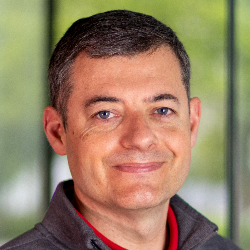 Philippe Marc, PhD, Executive Director and Global Head, Integrated Data Sciences, Novartis Institutes for BioMedical Research
Philippe Marc, PhD, Executive Director and Global Head, Integrated Data Sciences, Novartis Institutes for BioMedical Research
As part of the larger enterprise digital journey, and as part of the Novartis Research Master Plan, the Novartis Institute for Biomedical Research (NIBR) defined an updated data and data management strategy. This data strategy falls into a broader digital strategy which has many additional priority areas: Information technology, Artificial Intelligence, external science, decision support for drug discovery and early development to name a few. The NIBR data management strategy is based around four pillars:
1. Data Culture: Treat data as a corporate asset
2. Data Management: Structure and link data
3. Data Science: Develop products and insights based on data
4. Data Enterprise: Lead the enterprise on data
Welcome Reception in the Exhibit Hall with Poster Viewing (Room Location: MOA 11)17:30
Close of Day18:30
Wednesday, 19 October
Registration and Morning Coffee (Foyer)08:30
ROOM LOCATION: MOA 9
PLENARY KEYNOTE PROGRAM
PLENARY KEYNOTE PRESENTATION: Digital Twins: The Virtual Future of Medicine
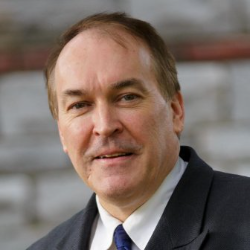 Peter Coveney, PhD, Professor of Physical Chemistry, Honorary Professor of Computer Science, Director of the Centre for Computational Science, University College London
Peter Coveney, PhD, Professor of Physical Chemistry, Honorary Professor of Computer Science, Director of the Centre for Computational Science, University College London
The purpose of building digital twins of ourselves is to create an organizational principle for modern predictive and personalized medicine. This talk will discuss the principles on which such digital twins may be constructed and used for clinical and healthcare purposes. The roles of multiscale modelling and simulation, artificial intelligence and uncertainty quantification will be described as essential elements in the drive to making actionable predictions from digital twin simulations.
Best of Show Award Ceremony and Refreshments in the Exhibit Hall with Poster Viewing (Room Location: MOA 11)10:15
ROOM LOCATION: MOA 4
BIOINFORMATICS WORKFLOW EXECUTION METHODS
APPLYING TOOLS AND AI MODELS IN A DIGITAL TWIN ENVIRONMENT TO DEVELOP MEANINGFUL INSIGHTS FROM DATA AND DEPLOY PRECISION HEALTH INNOVATIONS
AI-Enabled Digital Twins Along the Gut-Brain Axis
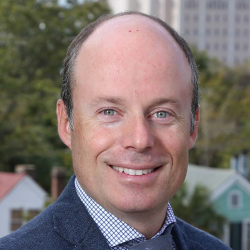 Stephane Meystre, MD, PhD, FACMI, FIAHSI, FAMIA, Scientific Director, Data Science, AI and Data Platforms, OnePlanet Research Center
Stephane Meystre, MD, PhD, FACMI, FIAHSI, FAMIA, Scientific Director, Data Science, AI and Data Platforms, OnePlanet Research Center
At the OnePlanet Research Center, innovative ingestible sensors are developed to capture data on various biomarkers along the gastrointestinal tract. A digital health platform combines this data with lifestyle and behavior data on nutrition, sleep, and stress. These different sources of data are then combined and analyzed with various AI algorithms to derive information and new knowledge applied to early signaling and prevention. The resulting models are integrated in a Digital Twin platform that enables bidirectional interactions between the gut-brain axis and its virtual representation.
Sponsored Presentation (Opportunity Available)12:10
Networking Lunch (Room Location: MOA 11)12:40
Dessert Break in the Exhibit Hall with Poster Viewing (Room Location: MOA 11)13:40
LOOKING BEYOND THE GENOME OF THE PATIENT: TOOLS, MULTI-MODAL DATASETS, AND ANALYSIS TO IMPROVE DISEASE UNDERSTANDING FOR DRUG DEVELOPMENT, THERAPEUTIC APPLICATIONS, AND CLINICAL OUTCOMES
A Production System for Computational Pathology in a Pharma Context
 Martin Groher, PhD, Senior Director Product Management, Production Informatics, AstraZeneca
Martin Groher, PhD, Senior Director Product Management, Production Informatics, AstraZeneca
This talk presents an overview of how digital pathology & imaging AI is used within translational sciences. Details about users, needs, and solutions for a computational pathology system will be shared. Additionally, examples will be provided to illustrate how such systems pave the way for efficient & targeted discovery of digital biomarkers.
Building and Using the World's Largest Multimodal Cancer Research Platform: WGS, Imaging and AI/ML
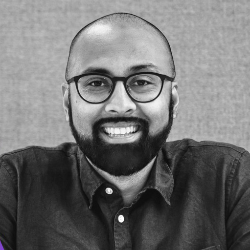 Prabhu Arumugam, PhD, Director of Clinical Data and Imaging, Genomics England, Caldicott Guardian
Prabhu Arumugam, PhD, Director of Clinical Data and Imaging, Genomics England, Caldicott Guardian
Genomics England have introduced multi-modality for research by combining genomic, clinical, and imaging data in our Trusted Research Environment to explore how this integrated data will unlock new areas of genomic research. GEL’s multi-modal research environment will accelerate research applications and represents a new frontier for genomic research in cancer. Use of such data in the future could guide cancer treatment and prescription of precision medicine.
Close of Conference15:45
